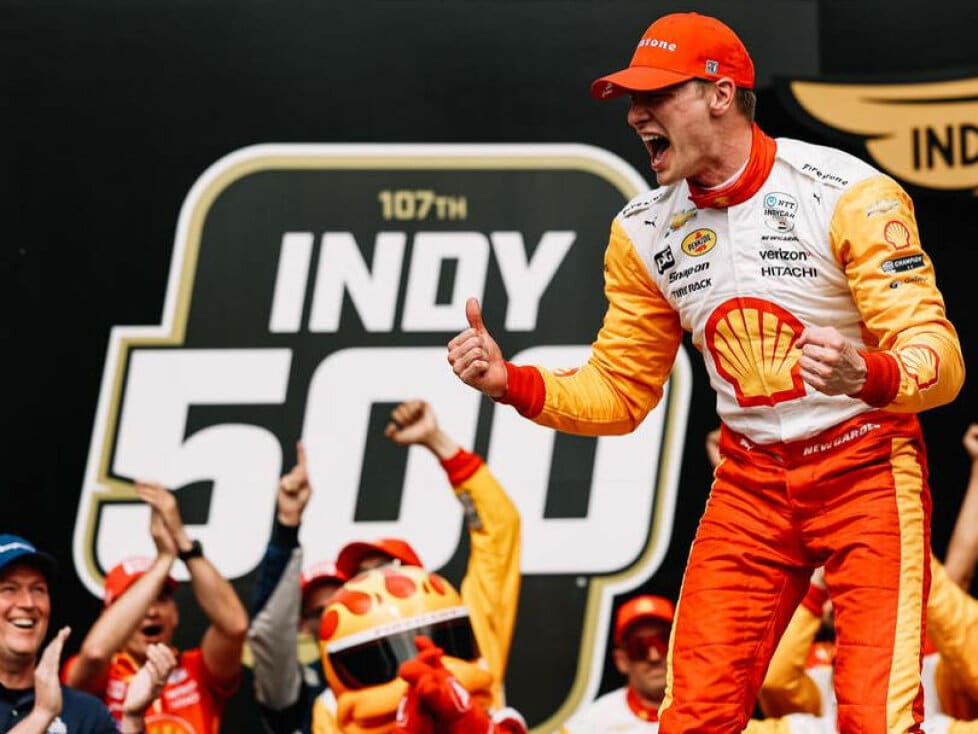The 2024 IndyCar season is casting its shadow and preparations are in full swing – The use of the new hybrid is still not settled
The IndyCar Series will introduce a hybrid engine in 2024 and preparations for this innovative move are in full swing. Intensive work on the technology has been underway since the 2023 season finale in September, but there is little time to tweak the new powertrain before the season starts on 10 March 2023. According to Josef Newgarden, the series, Chevrolet and Honda still have a lot of work to do to regulate the hybrid.
At the outset, it was decided to stick with the current 2.2-litre turbocharged V6 engines and add an electric motor to them. Actually, new combustion engines were also to be introduced, but this plan ended up in the wastepaper basket. The electric motor is to be able to call up 150 additional horsepower, and its use is to be regulated as with the push-to-pass system. During braking, electrical energy can be recovered for the motor.
Whether on-track charging will be manual or automatic is still up in the air, as IndyCar is extensively testing all possibilities. In August, Scott Dixon in the Honda and Will Power in the Chevrolet tested at Sebring. More than 2,250 kilometres were reeled off on the mogul track in Florida. After the end of the 2023 season, another test was added on the Gateway oval. At the end of September, the IndyCar Series travelled to Barber Motorspots Park in Alabama.
Newgarden was one of the test drivers and therefore knows the current state of the art very well. He says: “We are definitely in the development phase. There’s still a lot to do, but next year it will be different. There will be new opportunities for everyone to develop with different means, to try, to gain time and to optimise everything – both driving and working.”
The Indy 500 winner speaks of an “interesting time” as the series will change significantly compared to the past. However, he says there is still a lot to sort out: “We’re still in the phase of figuring out how we’re going to use this. What will the final product look like? We are working on that. But I have tried it and it will be interesting to use such a new tool. “
The important thing now, according to the Penske driver, is to lay down the rules so it’s clear how the hybrid can be used. “It could become like push-to-pass. We used to have ten activations, now we’ve evolved it to 200 or 150 seconds,” he explains. For the hybrid, he expects a similar evolution with adjustments over time. Thanks to feedback from teams, drivers, the series and manufacturers, he says the aim is to create “the best product for the sport”.
Current IndyCar champion Alex Palou has also already tested the hybrid and commented on the new technology. The Ganassi driver from Spain says: “It’s great. I was surprised how good it felt. The car was good. There is still a lot to do because we are testing more or less energy recovery and automatic and manual recuperation. I don’t think we have found 100 per cent of the possibilities with the engine and the battery yet. “





